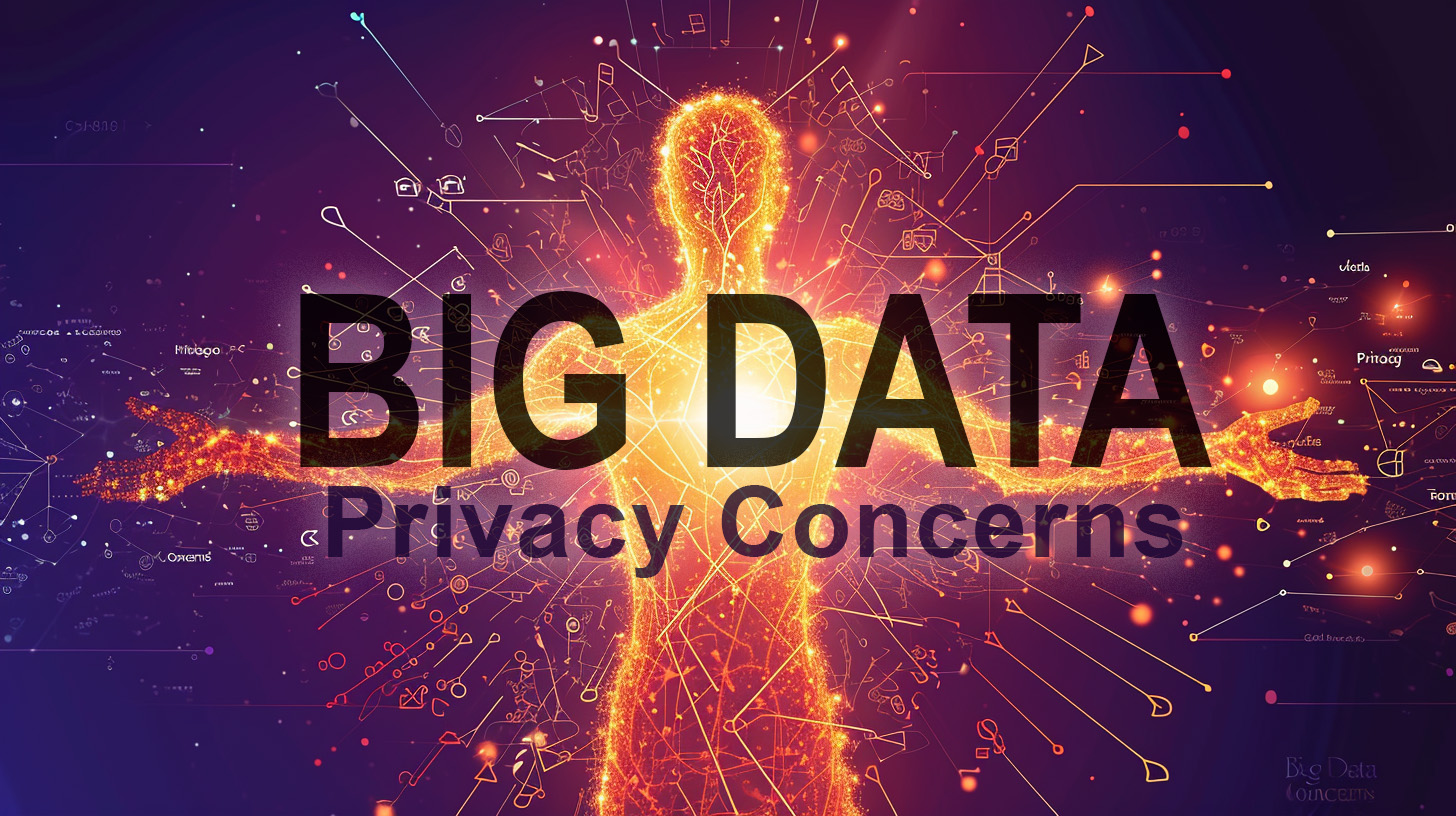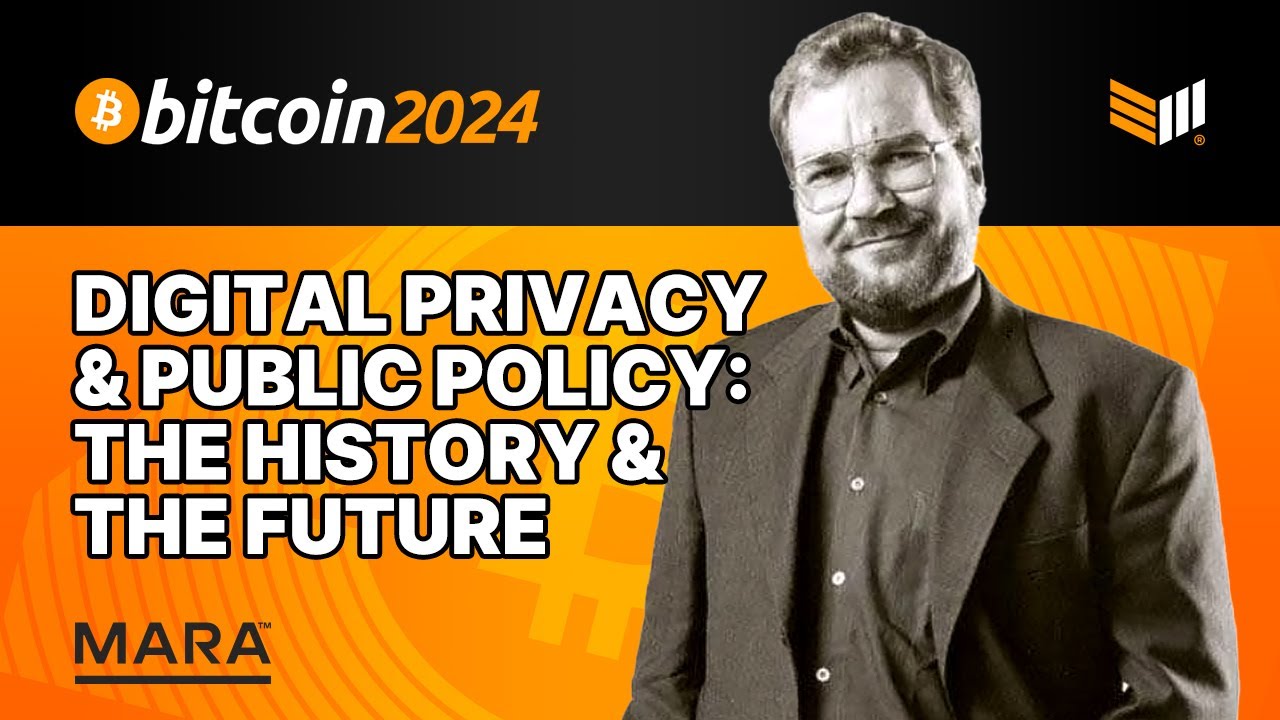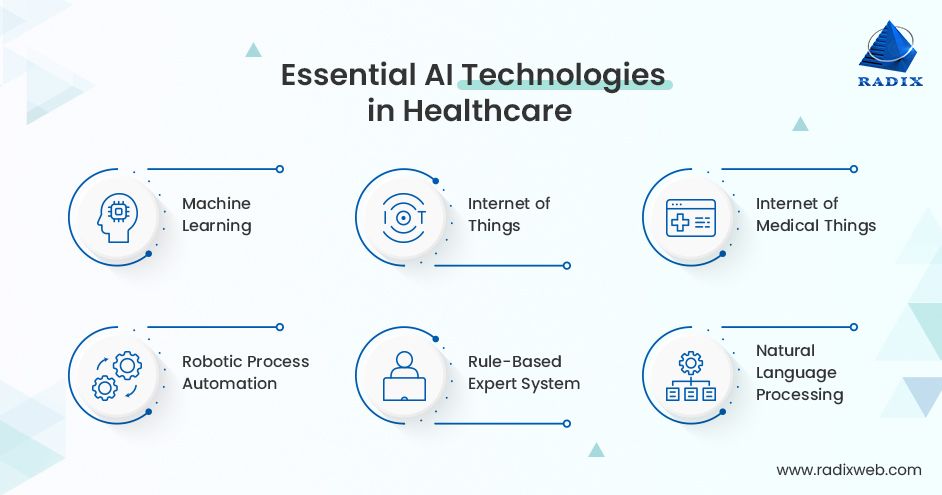Navigating the Complex Landscape of Online Privacy: What You Need to Know
As we find ourselves increasingly immersed in the digital age, our understanding of online privacy has evolved into a complex and critical discourse that impacts every internet user. It’s becoming apparent that the data we generate daily is an invaluable resource, igniting a fierce debate on how it should be collected, processed, and shared. This contemplation ignites a flame of inquiry: What rights do we possess when it comes to our data, and how well do we grasp the implications of consent?
The Intricacies of Data Processing
When we think about our data, the first thing that comes to mind might be the personal details we willingly share on social media platforms. However, the landscape is much broader and more intricate. Data processing today involves precise geolocation data and even the characteristics of our devices. The extent to which our devices read our every interaction can feel overwhelming. This goes beyond mere collection; it actively shapes our digital identity, dictating the content we see and how we interact with the world online.
Interestingly, many users remain oblivious to the underlying mechanisms that allow this data exchange to occur. For instance, personalized advertising promises a tailored experience based on individual interests, yet it often draws back the curtain on privacy, revealing a delicate dance between convenience and control. As revealed in industry insights, numerous vendors are engaged in the fine art of data processing, turning personal choices into tailored advertisements and content. Understanding this intricate web is essential for navigating our digital lives.
 Understanding the evolving landscape of online privacy.
Understanding the evolving landscape of online privacy.
The Consent Dilemma
At the heart of this discussion is informed consent. Many websites are now equipped with consent management frameworks, which allow users to choose specific ways their data can be utilized. But how often do we reflect on the implications of these choices? Clicking ‘I Accept’ has become almost second nature, an automatic response ingrained in our browsing habits. Yet, this response belies a fundamental question: How informed is our consent?
Contrary to what it may seem, the connotation of consent is multidimensional. It requires awareness of the consequences tied to our decisions—each accepted cookie may narrow our digital footprint but simultaneously amplify our data’s value to advertisers. As a regular internet user, I often find myself torn between my desire for a personalized experience and my concern over how much of myself I am sharing in the process.
Empowering Users Through Transparency
The crux of this conversation pivots on transparency. To foster an informed populace, organizations must prioritize clarity in their terms of service. Companies should provide straightforward explanations of how data will be used while enabling users to easily manage their preferences. While many websites now feature a link to the “Manage Preferences” tool, how user-friendly are these options?
It is essential that users are not only presented with choices but also equipped with the knowledge necessary to understand the implications behind those choices. Only then can they reclaim some semblance of control over their data. For instance, having access to a comprehensive list of partners involved in data processing could illuminate the broader ecosystem at play, revealing who benefits from my online interactions. This transparency could empower individuals and encourage a more ethical approach to data usage.
 The significance of user consent in the digital era.
The significance of user consent in the digital era.
A Call for Corporate Responsibility
The onus also lies on corporations to act responsibly in managing user data and to foster an ethical framework that respects privacy. Brands must implement robust data governance strategies and commit to minimizing data collection to what is genuinely necessary. Moreover, the landscape of digital advertising should shift from exploiting user data toward creating authentic experiences that respect user boundaries.
As we traverse this fast-paced digital landscape, the onus of responsibility and innovation cannot fall solely on users. Companies, too, have a crucial role in cultivating a culture of transparency and ethical data practices. It’s a shared journey, where the rights of the individual and the interests of businesses must harmoniously coexist.
Conclusion: Shaping a Privacy-Conscious Future
In conclusion, the dialog surrounding online privacy is not merely a side conversation; it is a pressing concern that requires our attention. Every click, every scroll, and every interaction contributes to a narrative we must actively shape. It’s time for a collective awakening regarding our data—what it means, how it shapes our experiences, and how we can wield the power of consent with intention. Without that awareness, we risk becoming passive participants in a system that thrives on our data, rather than engaged advocates for our privacy rights. By remaining vigilant and informed, we can fortify a culture where consent means empowerment and privacy is respected, steering toward a digital future we can embrace with confidence.
 The evolving narrative of digital privacy consciousness.
The evolving narrative of digital privacy consciousness.














